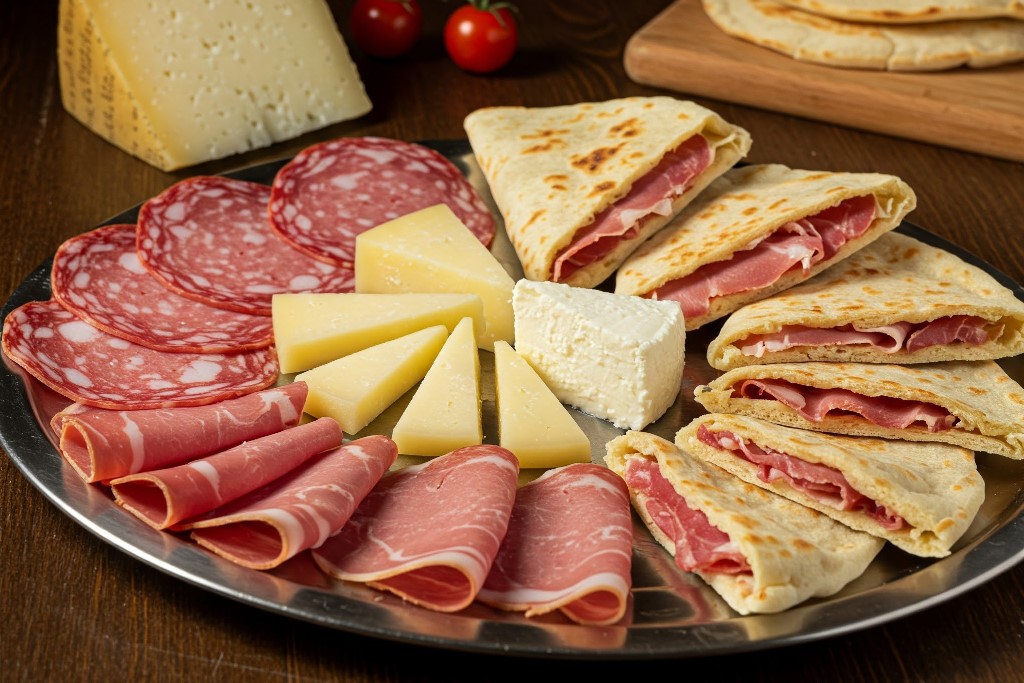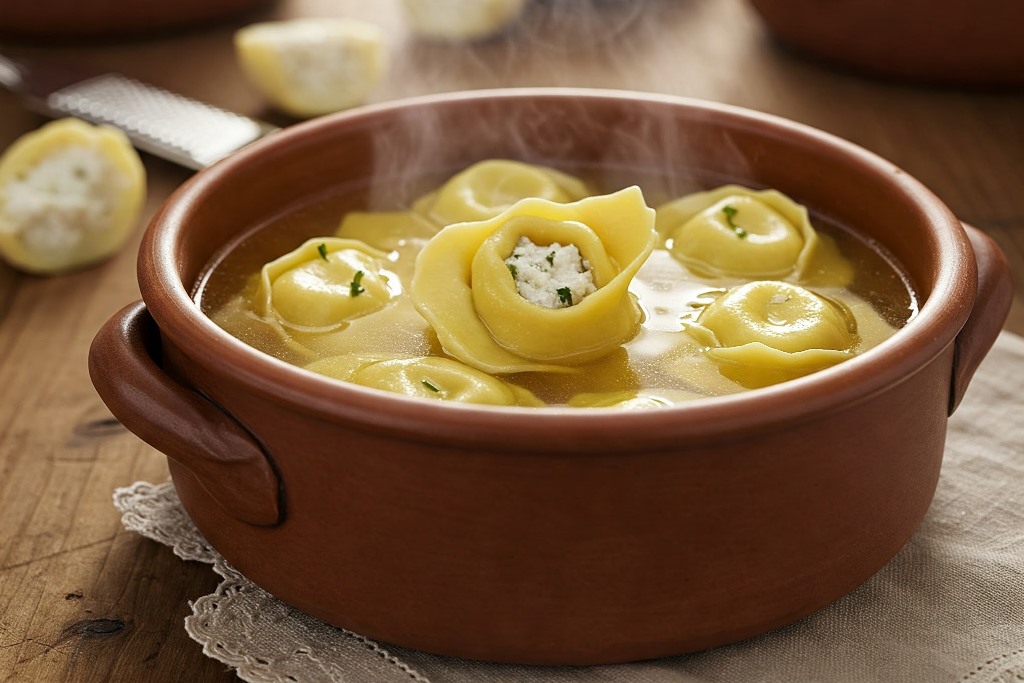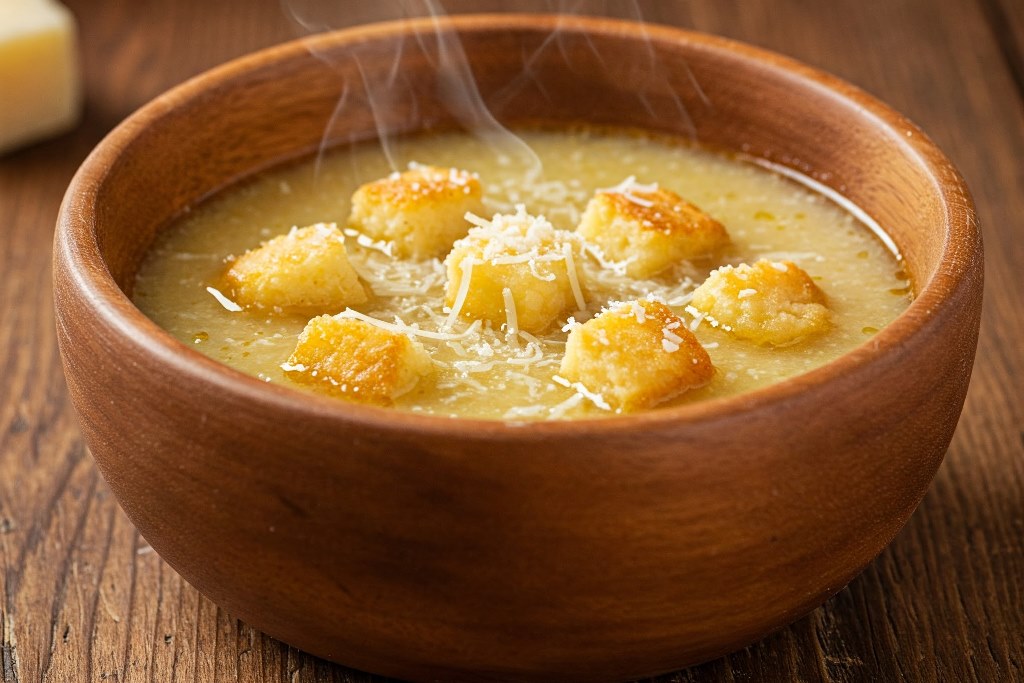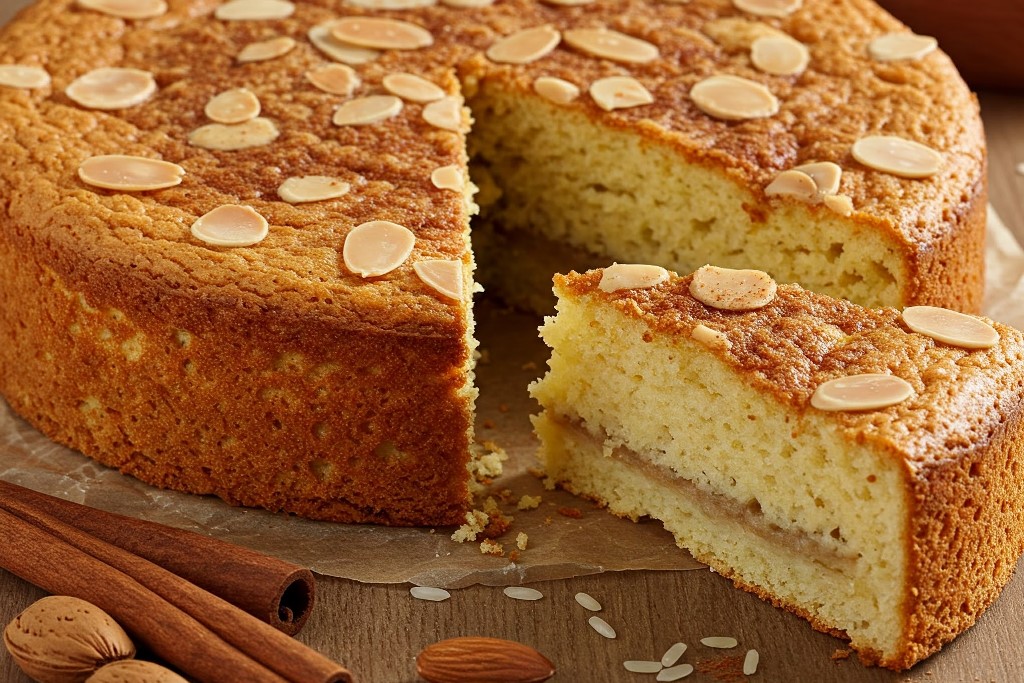
Culinary Traditions of Emilia Romagna Unveiled
Emilia Romagna is the queen of homemade pasta, typical recipes such as cappelletti, tortellini and tortelloni come from this region, to speak of filled pasta, but also all the other pastas such as tagliatelle, maltagliati and other types of pasta that in many restaurants and even in homes are still prepared by hand.
As far as main courses and appetisers are concerned, the staple of Romagna cuisine is pork, with its many cold cuts, and instead of bread, piadina is eaten. Fish also has its importance in the traditional cuisine of Romagna, of which you can enjoy its many recipes.
As for desserts, the region also offers a wide range of delicacies. In short, Romagna is all to be tasted and enjoyed with its coasts and plains.
Typical Romagna starter

Piadine are a typical product of Emilia Romagna where they are eaten instead of bread and are delicious stuffed with cold meats and cheeses. So below is the recipe for piadina.
Ingredients for the piadina romagnola
- grams 600 of type 0 flour
- grams 300 of water
- grams 80 of pork lard or if you can't find it grams 80 of seed oil
- fine salt 1 teaspoon
Preparation of the piadina romagnola
In a bowl, mix the flour with the lard or seed oil and salt, adding a little water at a time. As soon as the dough becomes firm, continue to knead it with your hands on a table or pastry board. The resulting dough should be firm and homogenous. Make a dough ball and leave it to rest for about 30 minutes wrapped in cling film.
After this time has elapsed, knead the ball a little more with your hands and cut it into a cylinder to obtain about 6 portions, which you will roll out with a rolling pin to form round sheets.
Place a non-stick frying pan on the stove and heat it very well. Cook one sheet at a time, turning it often and piercing it with a fork if air forms inside. The piadinas are ready when they appear lightly browned on both sides. A delicious use for piadinas is also to fill them with chocolate spread or jam, they are delicious.
Cappelletti from Romagna

Needed for the cappelletti romagnoli
- 400 grams of flour for the dough
- 3 whole eggs for the pasta
- grams 200 of cow's ricotta cheese
- grams 50 of grated Parmesan cheese
- grams 130 minced chicken breast meat, capon or pork can also be used
- the rind of half a lemon, grated
- 2 eggs at room temperature for the filling
- salt and pepper to taste
- a pinch of nutmeg
- butter to taste.
Preparing Cappelletti Romagnoli
This recipe is divided into two phases, one is the preparation of the puff pastry and the other the preparation of the cappelletti filling. First cook the chicken meat in a pan with a little butter. Usually using the chicken breast, so a slice, this will only take a few minutes. As soon as it is cooked, puree the meat in a blender and chop it finely.
In a bowl, add the two eggs, the ricotta cheese and the grated Parmesan cheese to the minced meat. Work all the ingredients together to mix well and add the nutmeg, grated lemon peel, salt and pepper. The dough for the cappelletti romagnoli filling is ready. Now let's prepare the dough. On a pastry board or table put the flour and form a hollow in the centre into which you will put the freshly beaten eggs. Mix everything well and, working with your hands, obtain a firm, smooth ball.
With a rolling pin roll out the dough until you obtain a rather thin sheet. From this sheet you will cut out disks of about 6 centimetres using a glass of that diameter. Place a teaspoon of filling in the centre of each disc. Close the disc by folding it in half and then joining the two tips together. This will form the cappelletti into their original shape.
The cappelletti should then be cooked for a few minutes in chicken or capon broth.
Imperial Soup

Ingredients for the imperial soup
- 120 grams of semolina
- 4 whole eggs
- grams 120 of grated Parmesan cheese
- grams 80 of butter
- salt, pepper and nutmeg to taste
Preparing the imperial soup
First melt the butter very slowly. In a bowl mix the semolina with the beaten eggs, grated Parmesan cheese, butter, salt and pepper to taste and a pinch of nutmeg. Mix everything together well. Grease and flour a rectangular baking tin and pour in the mixture, levelling the surface well. Bake in a preheated oven at 180 degrees for about 15 minutes. The surface should be lightly browned.
Remove from the oven and leave to cool.
Once cool, remove the mixture that has solidified and cut it into cubes of about one centimetre. These cubes should then be boiled in chicken or capon stock for 4 - 5 minutes. Season with plenty of grated Parmesan cheese.
Second courses
Let us now move on to second courses, which in Emilia Romagna are truly many and one tastier than the next. Typical Emilian recipes include both meat and fish dishes. Famous in many parts of the world are its sausages, which in Italy are cooked in winter and mainly at Christmas time. We are talking about the famous cotechino and zampone. But there are many other recipes, especially with fish, such as stewed eels, baked anchovies, fish brodetto alla romagnola, and many others. Let's start with the meat ones.
Cotechino

The ideal side dish is lentils. Tradition has it that cotechino with lentils is cooked at New Year's Eve dinner as a good omen for the new year.
What you need for cotechino with lentils
- a 500/600 gram ready-made cotechino
- 500 grams of already cooked lentils
- 1 onion
- 1 celery rib
- 1 carrot
- grams 20 of olive oil
- grams 20 of butter
- salt and pepper to taste
Preparation of cotechino with lentils
The cotechino, as already mentioned, if taken fresh (there are also packages with the product already pre-cooked) is wrapped in foil and cooked in boiling water for at least 2 hours. When cooked, remove the skin and slice.
For the lentils, prepare a mixture of chopped onion, carrot and celery and sauté in olive oil and butter. When they are golden brown, add the lentils without the cooking liquid. Let everything season for a few minutes and serve hot with the slices of cotechino.
The zampone inside is made in the same way as the cotechino, except that instead of the natural pork casing of the cotechino, it is stuffed into the pig's foot from which all the inside is removed. This is also found ready-to-cook and also pre-cooked.
Stewed eel with peas
This is one of the best fish dishes in the regional cuisine of Romagna. The eel is found already cleaned, then skinned and gutted. The best are those caught in the region, particularly in the Comacchio valleys.
What you need for stewed eel with peas
- about 800 grams of already cleaned eel
- 400 grams of fresh peas
- 1 glass of dry white wine
- 1 onion
- 1 celery rib
- 1 carrot
- 1 clove of garlic
- a small bunch of parsley, sage and rosemary to taste
- 400 g peeled chopped tomatoes
- salt and pepper to taste
- olive oil to taste
- a little flour
Preparation for the stewed eel with peas
Cut the cleaned and skinned eel into pieces of about 5 centimetres and dip them in flour.
In a fairly large pan in plenty of olive oil, fry the floured eel pieces until golden brown. Prepare a mince with the parsley, garlic, onion, celery and carrot. When the eel pieces are golden brown, add the white wine and let it evaporate completely.
Now add the chopped vegetables we have prepared together with the salt and pepper, rosemary and sage. Add the chopped peeled tomatoes and cook with a lid for about half an hour, adding a little water if necessary.
After this time has elapsed, remove the pieces of eel and set them aside and to the chopped mixture add the peas and cook for at least 10 minutes. After this time has elapsed, turn off the heat, put the pieces of eel back in with the peas, mix well and serve hot.
Desserts - Rice cake

Ingredients for the rice cake
- grams 200 of arborio rice
- grams 200 of sugar
- grams 80 of chopped almonds
- 4 whole eggs at room temperature
- the zest of one lemon
- 1 generous teaspoon of cinnamon
- enough butter and flour
- 1 vanilla pod
- 1 litre of whole milk
Preparation of the rice cake
In a large pot boil the milk with the vanilla pod and lemon peel. When it boils, add the rice and cook for about 15 minutes until it has absorbed all the milk. Remove the lemon peel and vanilla pod and allow to cool.
Chop the almonds very finely, preferably with a kitchen mixer. In a bowl, whisk the whole eggs with the sugar until frothy, add the chopped almonds and the cold rice. Add also the teaspoon of cinnamon powder and put the mixture into a buttered and floured cake tin of about 26 centimetres.
Level the mixture and bake in a preheated oven at 160 degrees for about 60 minutes. If after about 40 minutes you notice that the top of the cake tends to be too dark, cover the cake tin with foil and continue baking. This will prevent the surface of the cake from overcooking.






















